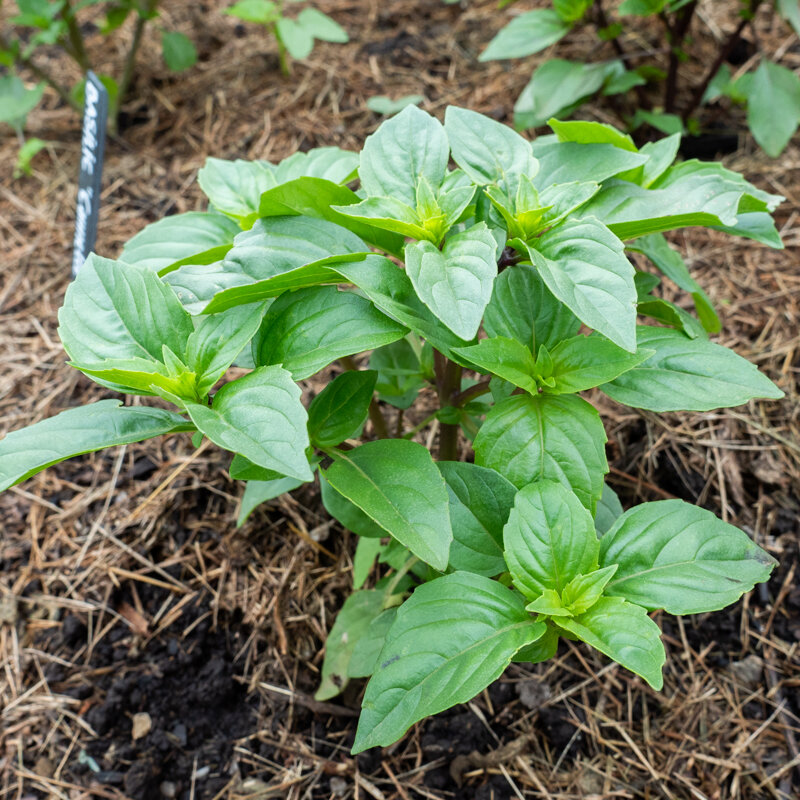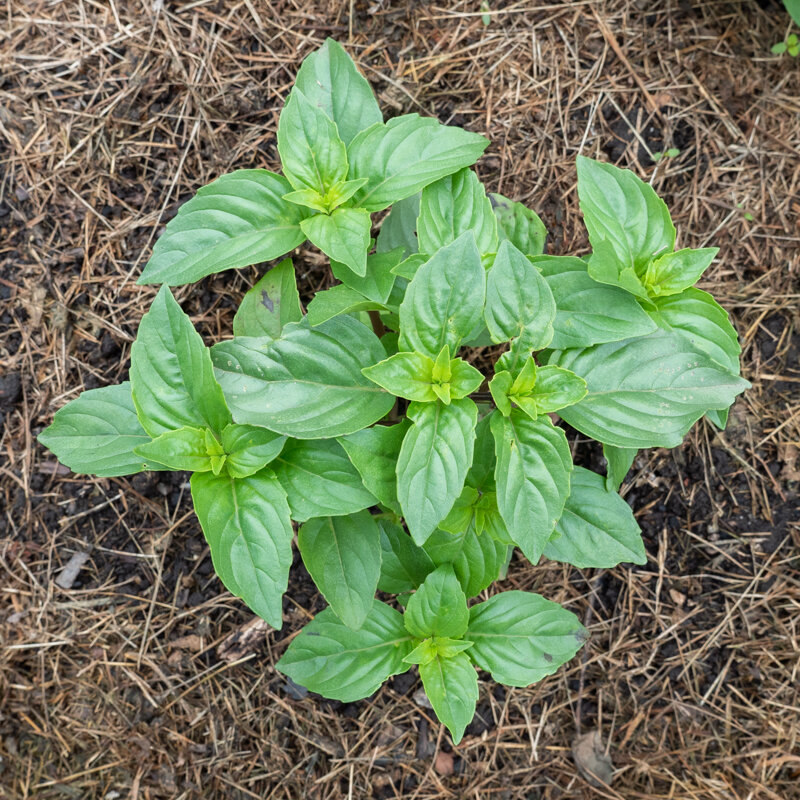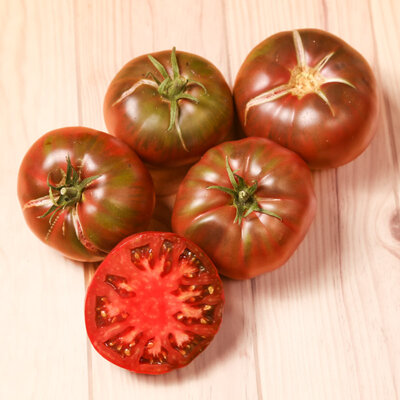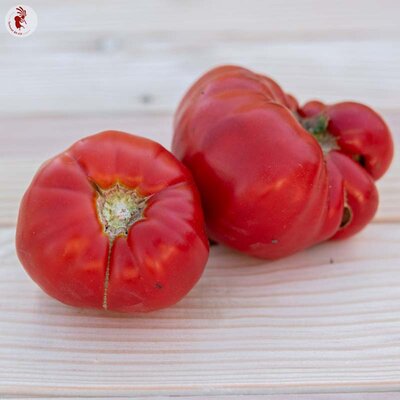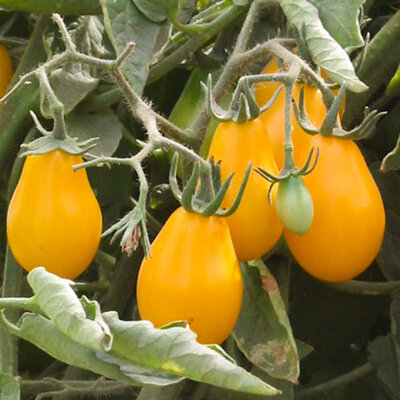Cinnamon - Basil
This ancient variety of aromatic plant, with lavender-colored flowers and stems lightly tinged with purple, produces green leaves with a cinnamon-like flavor.
What are the characteristics of cinnamon basil?
Cinnamon basil, Ocimum basilicum, is an aromatic plant native to Mexico. It can be recognized by its elongated green leaves, 80-90 cm stem and purple flowers. It owes its name to its cinnamon-like fragrance.
It is used for cooking, natural medicine and to repel insects in the vegetable garden. This mid-season variety is relatively resistant, genetically speaking, to basil mildew(Peronospora belbahrii). There are also other types of cinnamon basil from Vietnam and Thailand.
How to sow cinnamon basil seeds?
Cinnamon Basil seeds should be sown from March to June in boxes, under a light shelter, at a temperature of between 18 and 20°C. Under the right conditions, basil seeds can germinate in three days.
- Sow seeds on the surface in potting soil;
- Water seedlings with a sprayer to avoid moving the seeds;
- Set up indoors under a light source or in a nursery;
- After around 6 weeks, when the plants have 4 to 5 leaves, transplant into individual pots or directly into the vegetable garden, in full sun, in well-warmed soil (after the ice saints in May);
- Keep a minimum distance of 30 cm between basil plants;
- Regularly pinch the main stem of basil plants as soon as a flower spike forms, to encourage branching and delay going to seed.
Cinnamon basil: an excellent companion plant
Placed between crops, basil will protect vegetable plants from pests and diseases.
This plant goes particularly well with tomatoes, squash and cucumbers.
How to use Cinnamon Basil
This basil, with its clove and cinnamon flavours, can be eaten as whole or chopped leaves. It can also be crushed in a pesto or sauce. It goes equally well with meats, pasta or tomatoes. To take advantage of its antioxidant qualities, this plant is also used in essential oils and infusions.
These products may also be of interest to you
in bucket
Sow in trays at 18-20°C, under a well-lit shelter, 6 weeks before planting. Transplant into individual pots when plants have 4 to 5 leaves, or plant directly into warmed soil, 25 to 30 cm apart. Take care not to over-water to avoid the risk of wilting.
This variety is not very sensitive to mildew.
March, April, May, June
June, July, August, September, October
in the ground, in pot, in the greenhouse
full sun
medium
potting soil, sandy, gravel, humus
drained, light, reheated
Ocimum basilicum
mid-season
200 seeds
Green
fragrance, edible
From 60 to 90 cm
From 2 to 4 cm
elongated
Mexico
Inconnue
"Semences de Kokopelli" by Dominique Guillet
Varieties of Ocimum basilicum are known everywhere for their aromatic qualities, but they also possess numerous medicinal virtues that we take advantage of every time we use them to make, for example, a famous pesto. As well as being pleasant to the palate, they stimulate the appetite, relieve epilepsy, intestinal spasms, difficult digestion, anxiety, stress, dizziness, nervous insomnia, migraines, rheumatism, colds and coughs. They also relieve bloating and flatulence, and are immunostimulant. Basil leaves are antioxidant and can be used in essential oils, infusions or simply raw.



